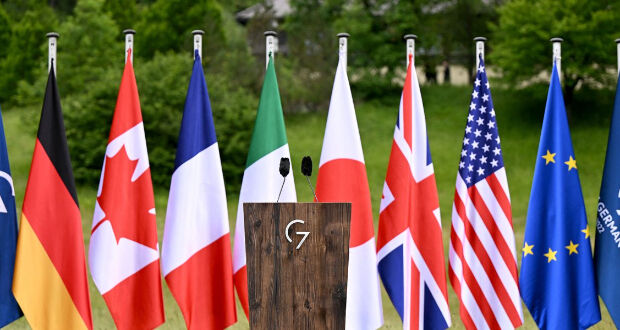Yet, the real story might lie in what went unsaid. Notably absent from CFIUS officials’ testimonies and public statements was a meaningful summary of CFIUS-led international engagement efforts, which are mandated by statute and critical amid a proliferation of diverse inbound investment screening regimes across advanced economies.
The recent outburst of inbound investment screeners among U.S. allies and partners provides an opening for CFIUS to devise a new approach to international coordination. Engagement through an expanded G7+ framework may provide an optimal starting point, as may NATO and new and existing initiatives with key trading partners. Plurilateral frameworks, bilateral free trade agreements, sectoral arrangements, and working groups are four potential pathways. CFIUS should concurrently determine priority areas for engagement, potentially encompassing information sharing, review exemptions, and common standards, while maintaining a watchful eye on partners’ efforts. Balancing economic security imperatives with economic growth will demand more coordination and scrutiny among like-minded countries’ screening authorities.
CFIUS Coordination with Like-Minded Counterparts
Broadly understood as a process through which national governments review incoming foreign investments to determine their potential impact on national security and potentially block their execution, inbound investment screening regimes have proliferated since the U.S. government’s enactment of the Foreign Investment Risk Review Modernization Act of 2018 (FIRRMA). Aside from expanding the jurisdiction of CFIUS to cover a wider range of transactions, FIRRMA called on the U.S. president to “conduct a more robust international outreach effort to urge and help allies and partners . . . to establish processes” similar to those of CFIUS.




